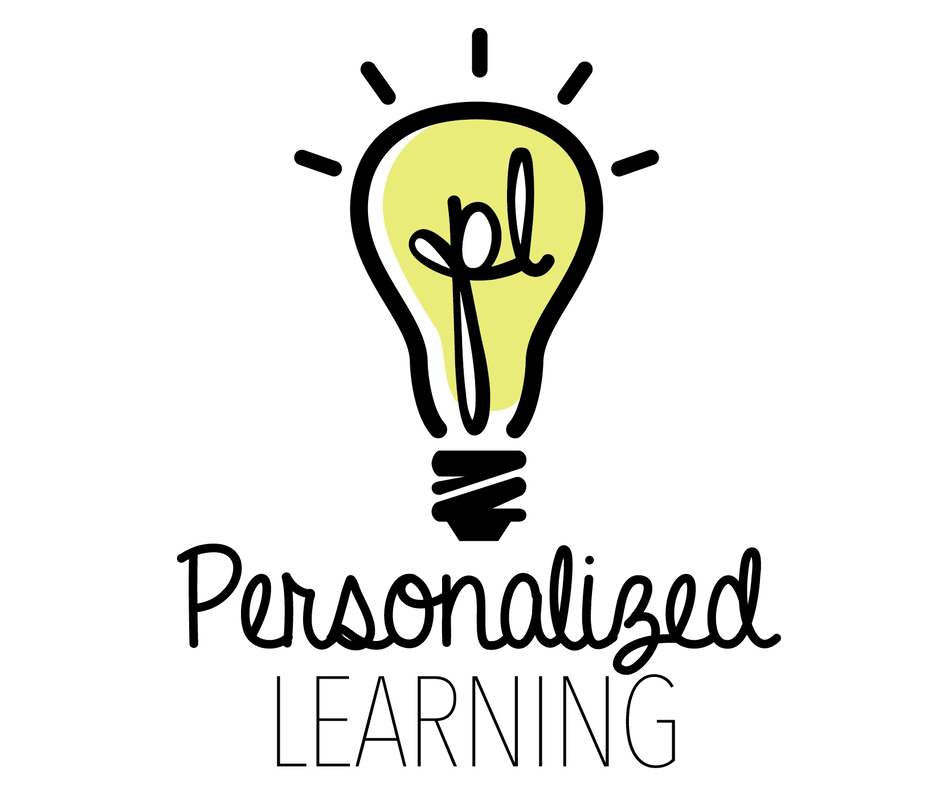|
It's here- the next iteration of the Dallas ISD Personalized Learning (PL) Coaching and Development Rubric! We've learned a lot over the past three years about what it takes to provide students with a personalized environment in the classroom as well as what kind of supports teachers need in transitioning to PL. Since inception, this tool has served as the centerpiece for the training and support teachers receive and as a personal guide through implementation. We're proud that over the years, this tool has remained non-evaluative in nature and one that folks are continuing to use to refine their own practice. After spending the last couple months reflecting alongside our school leaders and teachers and revisiting the four domains and sixteen teacher and student actions, we're ready to share our lessons learned. Below you'll find, lessons learned, revisions, and rationale for changes to the next iteration of the PL Coaching and Development rubric by domain. Click here to download the extended rubric. Assessment and Data Updates are reflected in green below. The biggest upgrade to the Assessment and Data domain is that the original phase 2 and 3 have been swapped so that student feedback is prioritized before addressing authentic assessments. In year one of implementation, we quickly realized what an oversight this was on our part, and how important timely, frequent, and specific feedback is for the learning process. When the rubric was initially drafted in the summer of 2015, we were optimistic about authentic assessments as something we'd achieve by year two. After spending almost four months digging in, we also realized that in order to ask students to demonstrate learning through authentic formative and summative assessments, we first had to have aligned and rigorous formative and summative assessments- which is something we're still working on. 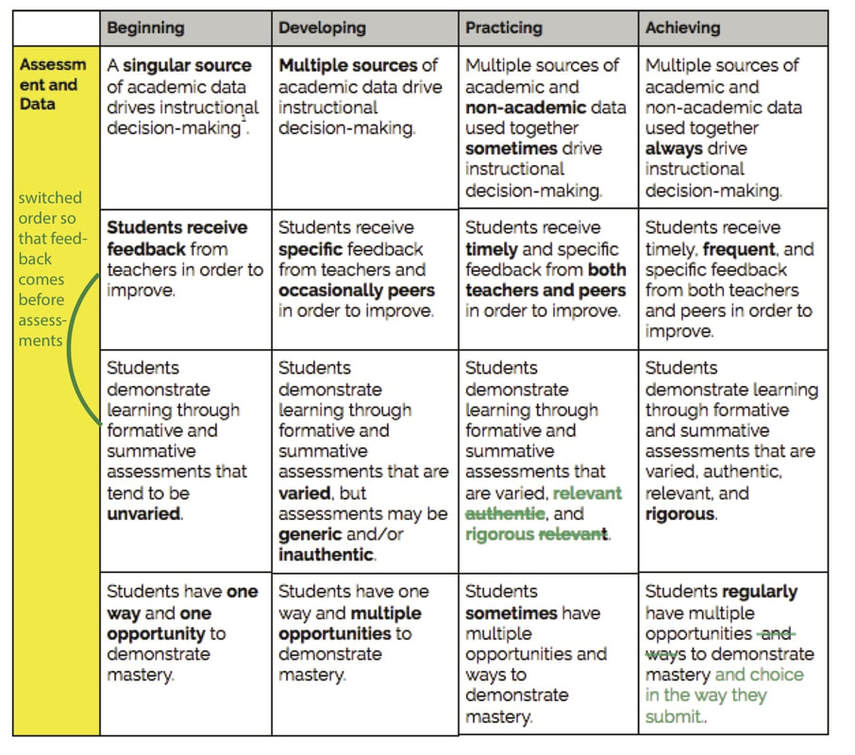 Instructional Rigor Updates are reflected in green below. When retooling the Instructional Rigor domain, we swapped the original phase 1 and phase 2 so that student access to varied and rigorous learning experiences was first. Many of our teachers in focus groups pointed out that having differentiated learning objectives in phase 1 was actually harder than creating varied learning experiences. They also pointed out that when transitioning to personalized learning, that it was manageable to write one learning objective and build the muscle first in creating varied learning experiences. Student grouping intientially lived in this domain, but when we made the decision to give Equity it’s own domain, we knew this indicator belonged there. Student Agency Updates are reflected in green below. What perhaps is one of the biggest lessons learned over the first two years of implementation, is how difficult it can be to set and truly monitor progress towards individual academic and non-academic goals with every student. Before personalized learning, teachers consistently set class goals and/or targets for groups of students that were similar to '80% of us will pass the <insert grade level and content> STAAR test' for the XXXX school year. When making the shift from class or grade level goals to individual goal-setting, we took for granted the role trust plays into empowering students to set academic and non-academic goals that are meaningful. For this next iteration of the rubric, we've incorporated an additional row to reflect this teacher move. Classroom Culture Updates are reflected in green below. This domain originally felt heavy on side of compliance and one we thought needed more joy! In this next iteration of the rubric we cleaned up some of the indicators in the practicing and achieving column to highlight more celebrations and students who are joyfully engaged. In the class row, we refer to as 'belonging' we added students defining their own purpose for the achieving proficiency level and then shifted the original descriptors down (to the left) a proficiency level. Equity
Updates are reflected in green below. For us, adding equity to the next iteration of the rubric was necessary, but we spent most of our time debating on where equity would live within the rubric. As a result, we decided to intentionally call out what equity looks like in a PL classroom, specifically around bias, identity, access, and expectations. We are hopeful this domain serves as a starting point for action and reflection over a topic that can be challenging and uncomfortable at times, but is ultimately at the heart of what is right by kids.
2 Comments
Leave a Reply. |
Brought to you by the Personalized Learning Department at the Dallas Independent School District.
Categories
All
Archives |

This work is licensed under a Creative Commons Attribution-NonCommercial-ShareAlike 4.0 International License.
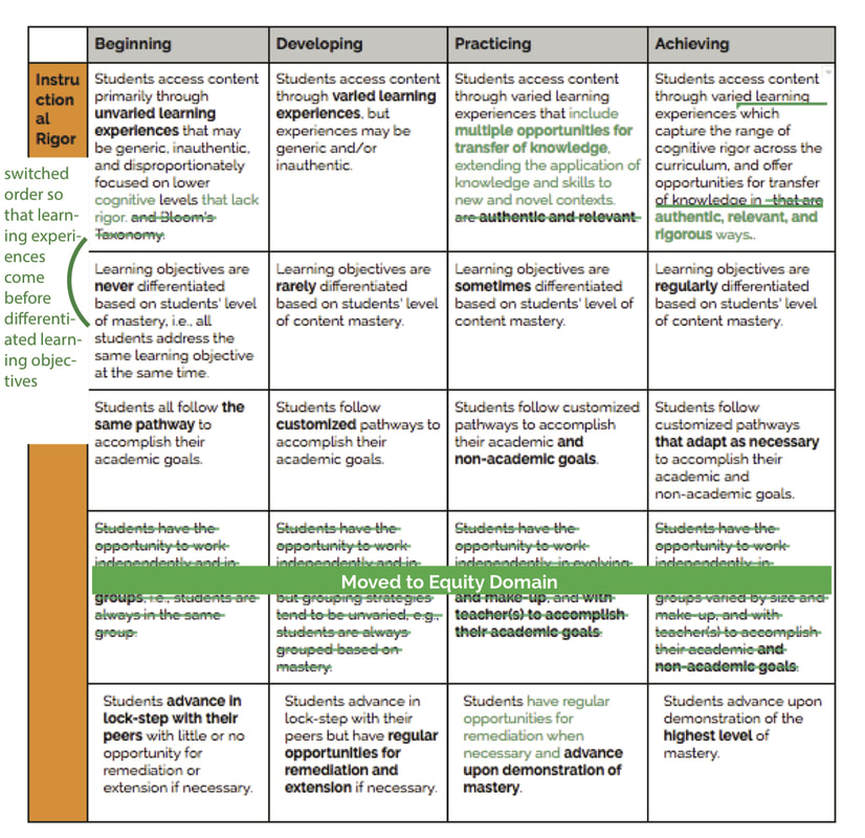
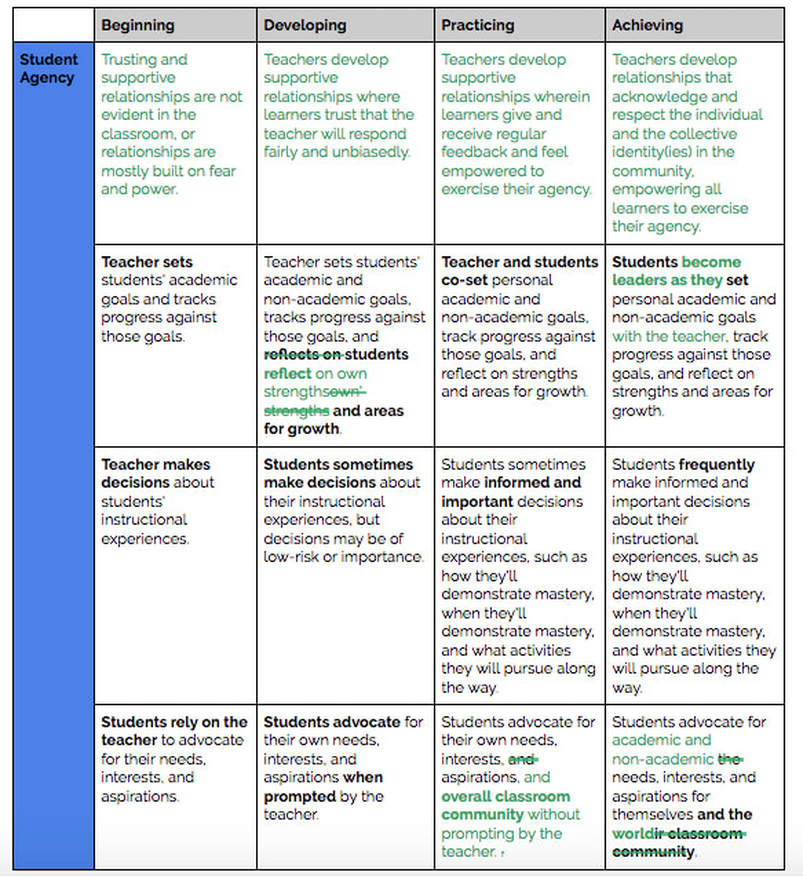
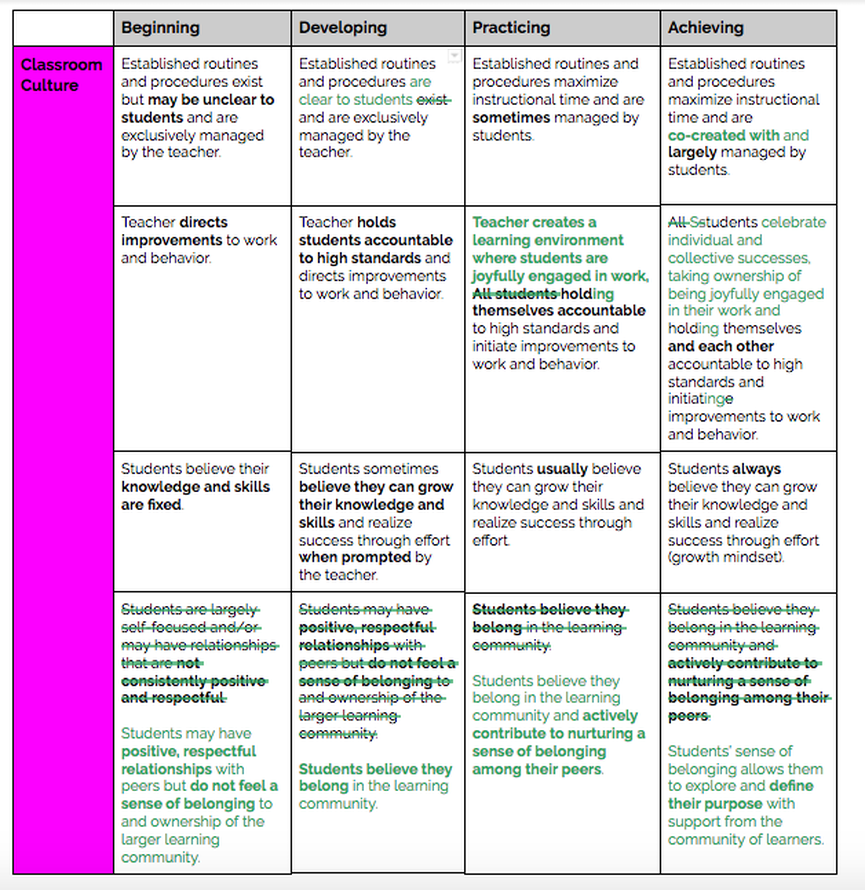
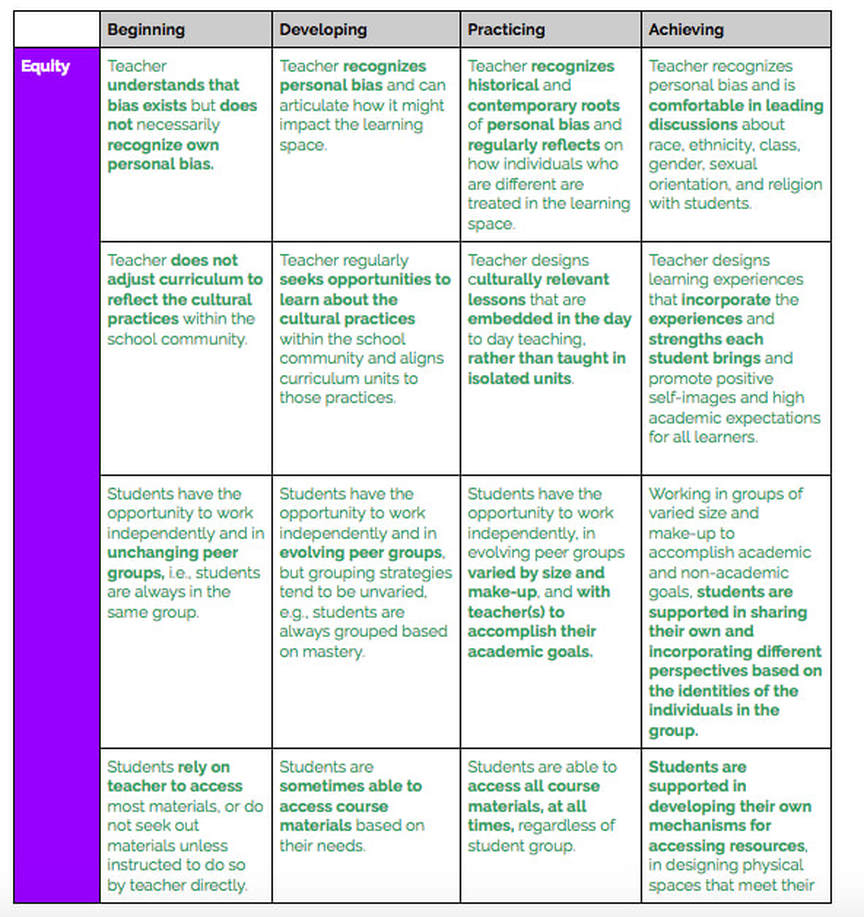
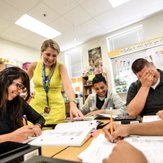
 RSS Feed
RSS Feed
